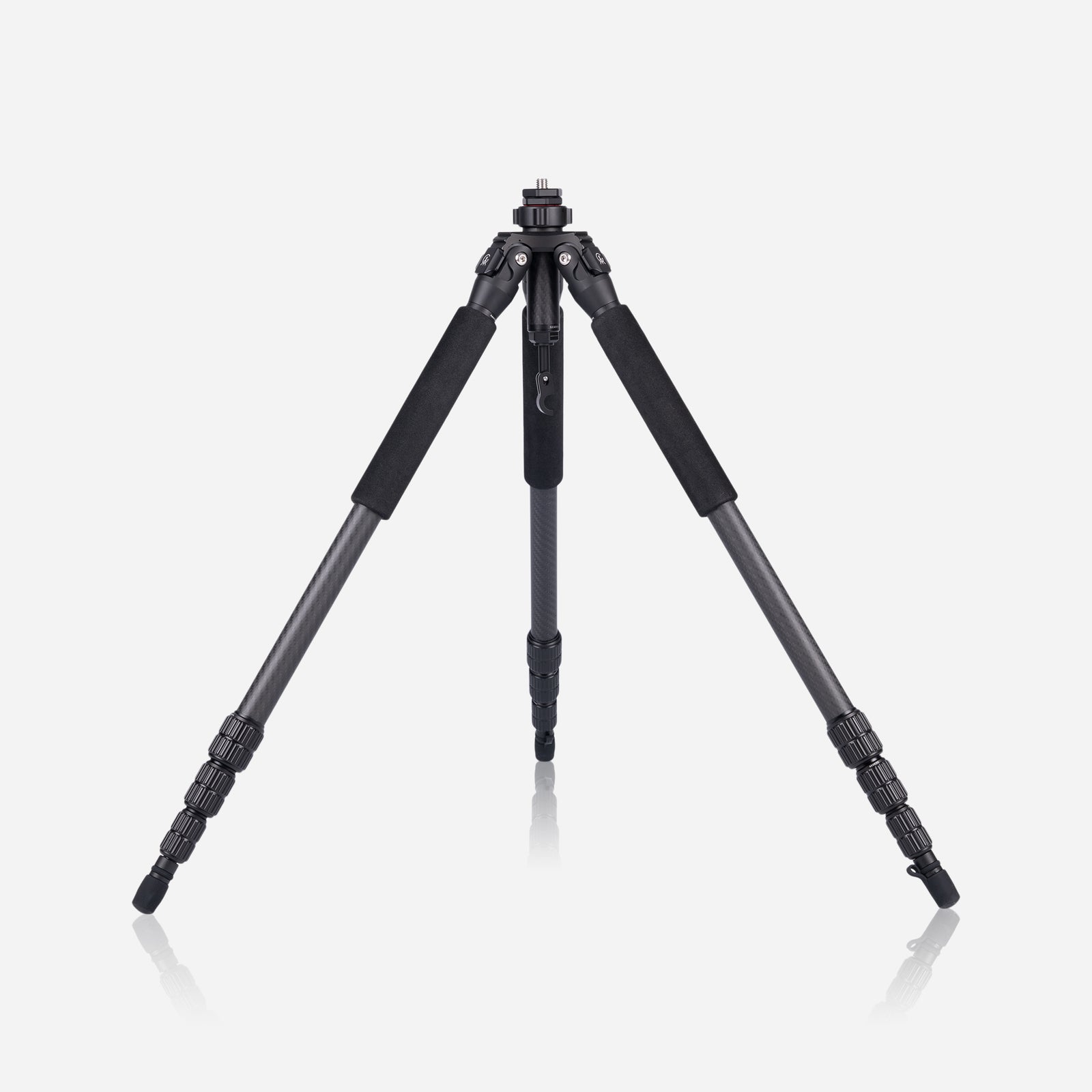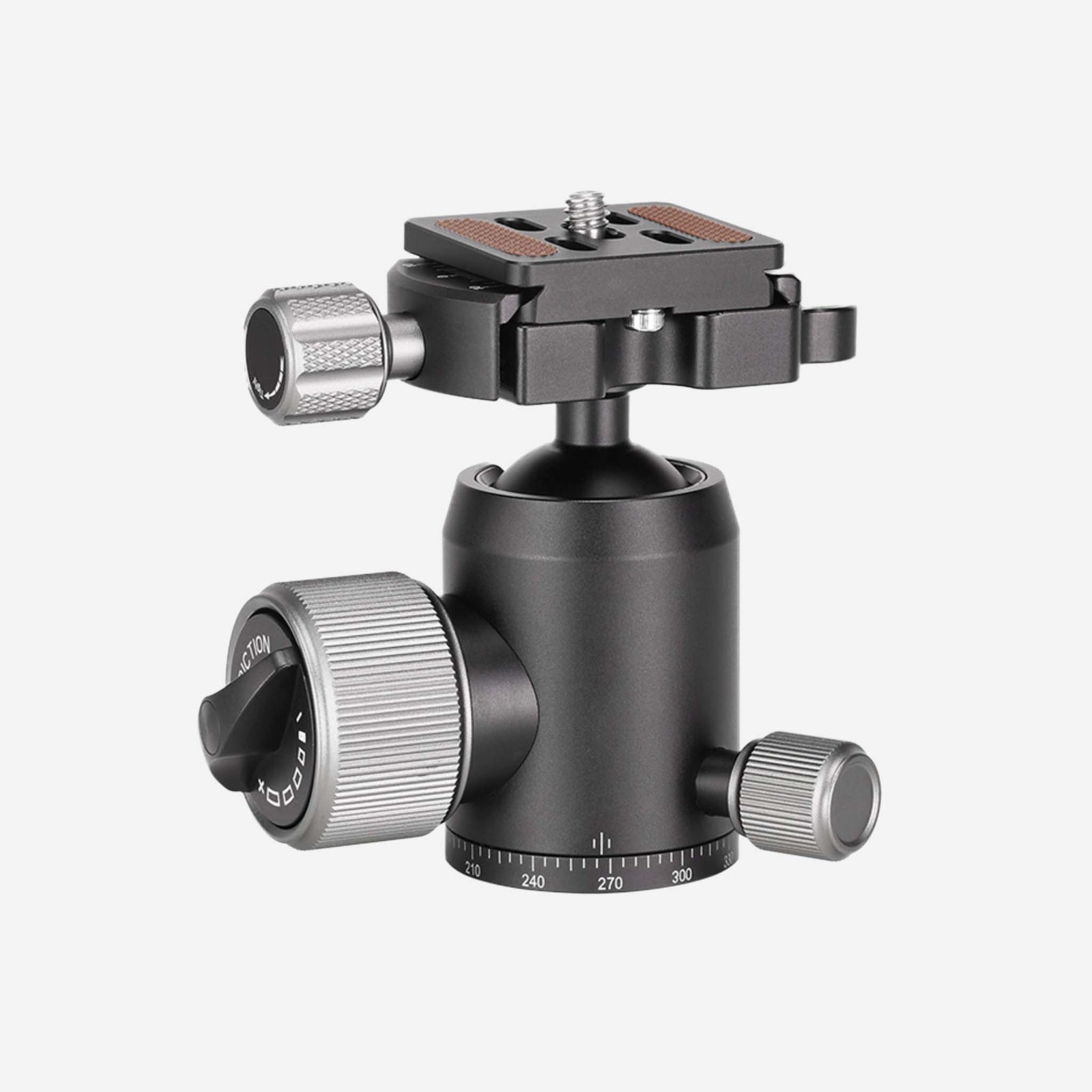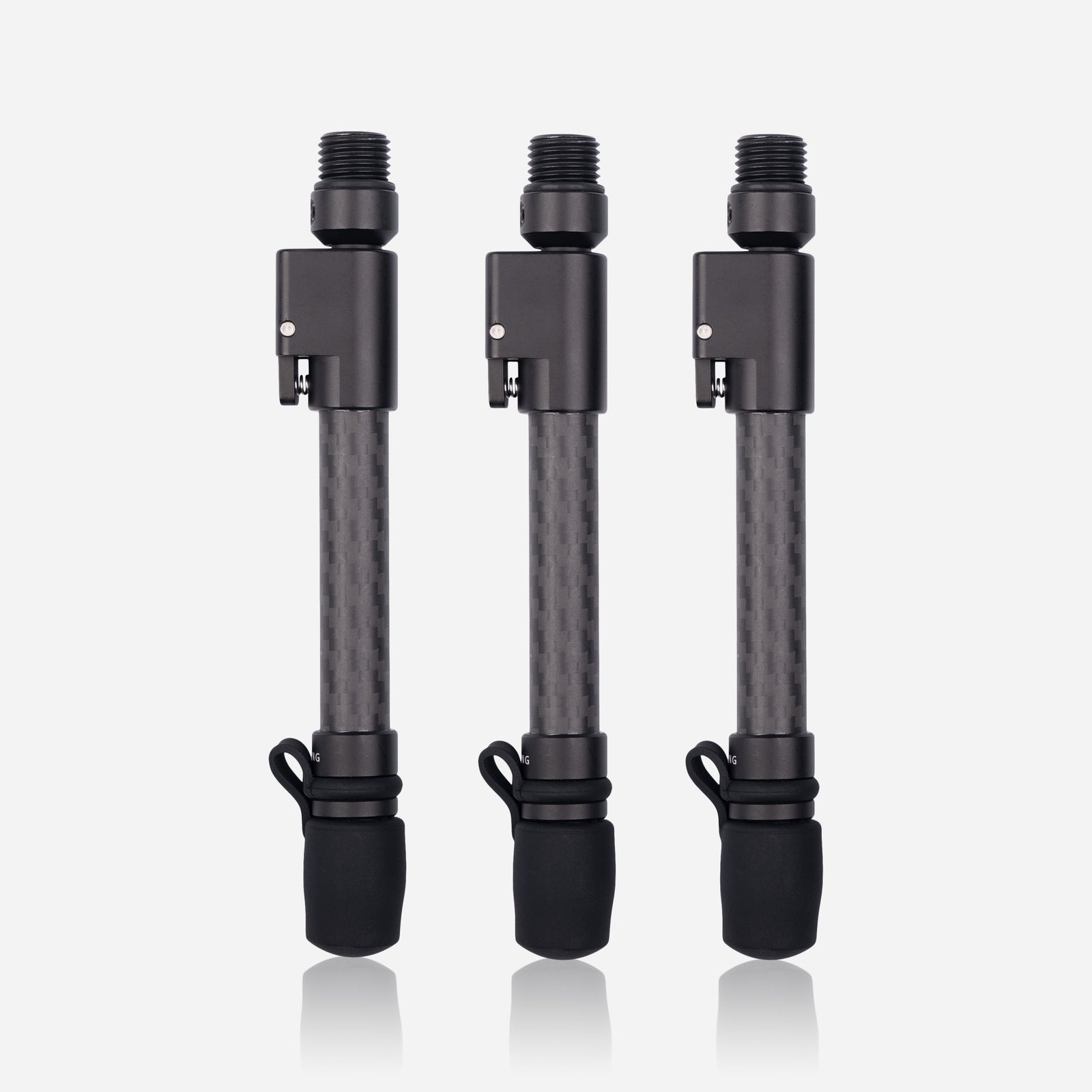As the cold weather begins to encroach further on us, it’s important to look for the beauty that these days can bring. Although the beach remains for most of us Brits a strictly summer destination, autumn and winter create an entirely new atmosphere on the shore. Gone are the screaming children, sands covered in towels and umbrellas, and overpopulated waters holding a mass of inflatables. Instead, bare and barren beaches, dark and foamy waters below grey and angry skies seem to dominate the agenda. I am a much bigger fan of the moody scenes that the colder seasons offer in terms of photography, as I find the isolating images much more interesting to capture.
There are a number of factors to remember when photographing the sea in the winter. Safety is paramount - you can often find yourself alone on the beach once summer has gone, and it is during these months that the waters can be very unpredictable. Of all of the UK winter deaths at sea, half of those that died had no intention to enter the water. Make sure you check the weather before you go - you ideally want a dry day and to look out for high winds that can make things especially dangerous. If you can - bring a friend with you. This way, you'll have an extra pair of eyes to look out for rogue waves, and it’s nice to have some company for a hot chocolate afterwards! You will also need to check a tide chart to make sure you are there at the right time. Turning up at the peak of high tide when you want to take photos from the beach is a no no.

Photo taken by NJB Films using The Gearing Tripod while at Findhorn Bay
Secondly - the right gear can make or break a trip to the beach - for yourself and your photos. Make sure you have a windproof and waterproof jacket, I use Patagonia, solid footwear and enough layers to stay warm - gloves are a huge help. My go-to boots are always Lowa and I tend to go with the LADY III GTX model as they are not only sturdy but also super comfortable. Getting all the way down to the beach to get far too cold too quickly and have to leave early is a sure way to put you in a bad mood. For your gear, there are a few more things to remember. In terms of tripod, the Gearing tripod really will provide you with everything you need and more. Great stability on the sand or stones aided by the different feet options we offer, and a huge payload to stabilise your camera in the beach breezes. Most importantly though, the tripod is fully field serviceable. If you are looking to take it in the water with you, you do not need to worry about corrosion or sand getting in the legs or heart. Once finished using, you can take the entire tripod apart, rinse it thoroughly and dry it and it will be as good as new. We have slightly upgraded our tripod in a few ways - all of which make it more user friendly for the outdoor photographer. Our leg locks have changed from plastic to rubber, making them easier to prise open and close with a gloved hand. We have also changed the inner coating inside each leg section from plastic to aluminium, making them stronger and even more corrosion resistant.


For the rest of your gear, it is important to remember a lens cloth to clean your lens regularly, and a waterproof cover for your camera. The weather can be as unpredictable as the sea and it's always best to be prepared. Whenever I am photographing by the sea I will make sure I have a filter on my lens for extra protection - you really can never be too careful. Better to damage a £10 filter than a several hundred pound lens. Just as you would for your tripod, make sure you wipe everything down carefully, ensuring that all of the salt and sand is carefully removed.
Using a long lens will always keep you safer whilst photographing the waves - away from the swell and minimise the risk of damaging your gear. Whether you are on the beach or on the cliffs, you need to be careful. The cliffs pose an added risk - in the winter months they are much more prone to erosion and collapse due to the rough weather, as well as being slippery in the rain and dangerous in the wind. This also gives you a larger range of view, and allows you to get a higher resolution on the actual water and anything you might find in it. Lighthouses out at sea being enveloped by crashing waves give you some super dramatic images, and will only be improved by using a hugely magnifying lens.

Photo taken by NJB Films using The Gearing Tripod while in Greenland
Although I stated earlier that it is best to avoid the rain, it can make for some seriously impressive images, particularly when you can capture the rain falling. Finding a strong contrast between the rain clouds and some smatterings of blue sky can look beautiful, or where the sunlight beams can hit the ground through the dark clouds. A very fast shutter speed works best - I always start with 1/250 sec and slow down or speed up from there, depending on the weather.
I hope you have found some helpful information from us here. Most importantly, stay safe in the wet weather, bring a friend with you, and look after your gear. A final tip from the Gearing girls - black and white images can really enhance your photography, especially when the grey skies can make things a little flat. They can add a new depth to your photos, as well as a stronger mood and sense of fear from the power of mother nature. Give it a go and let us know what you think!




